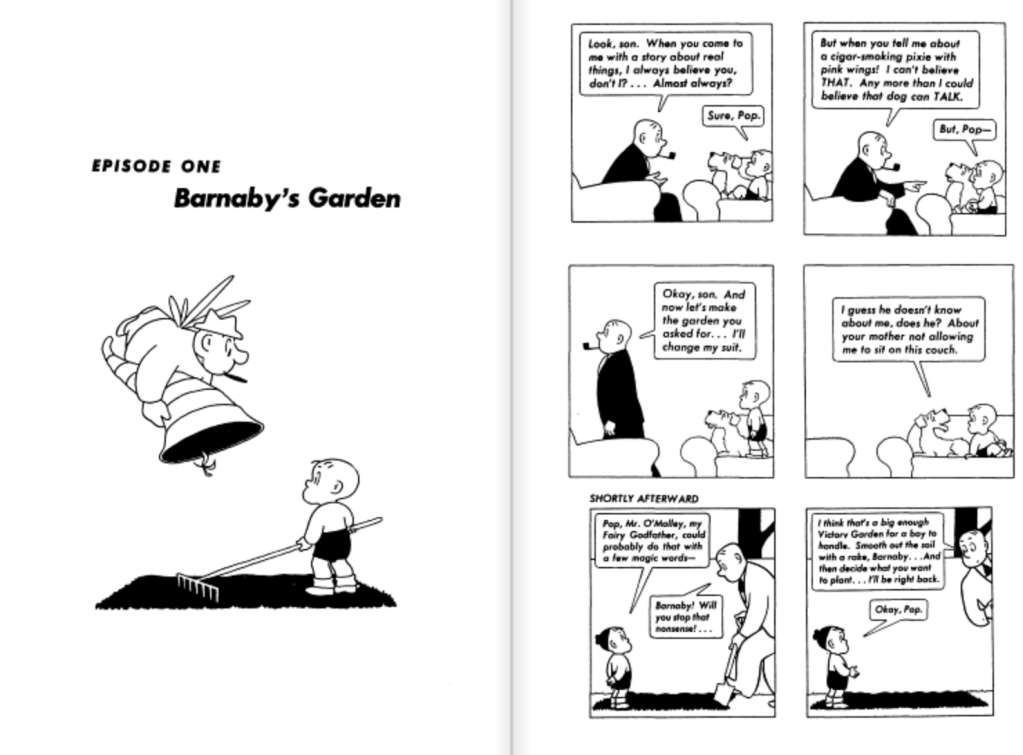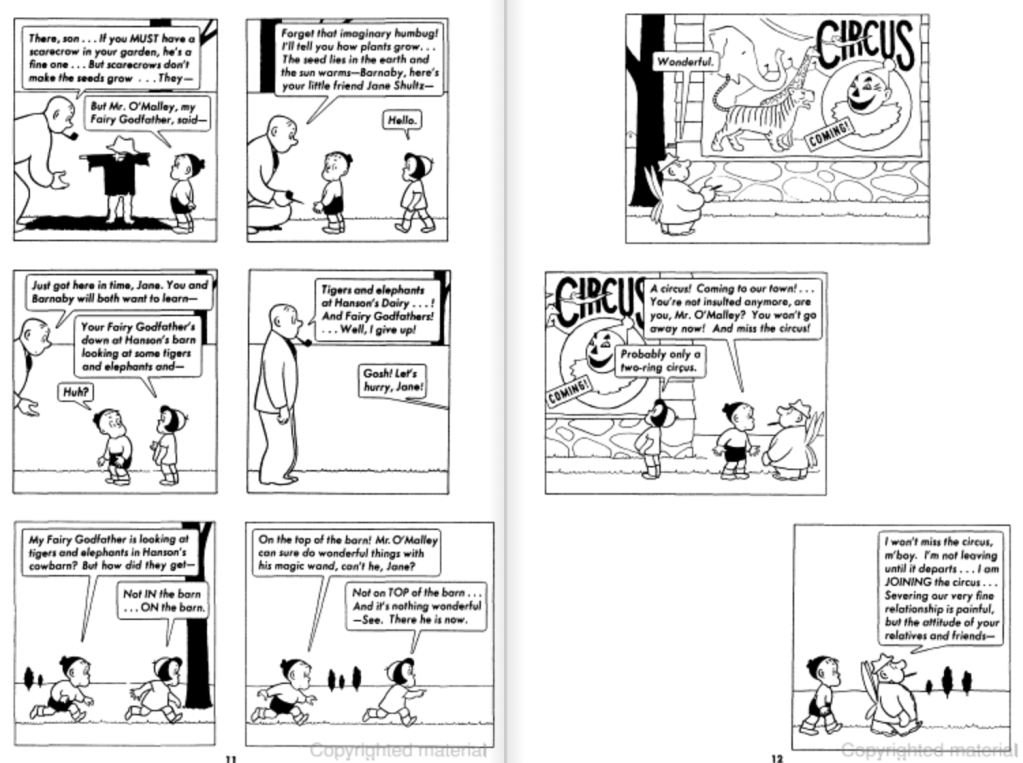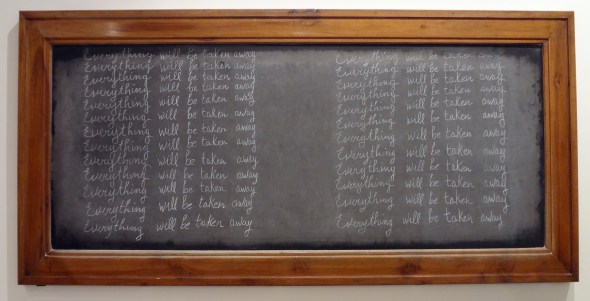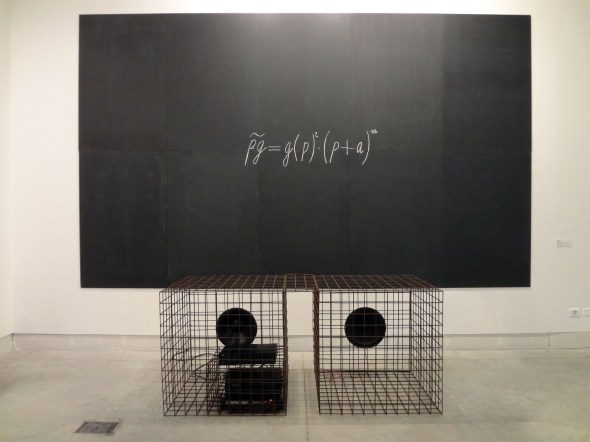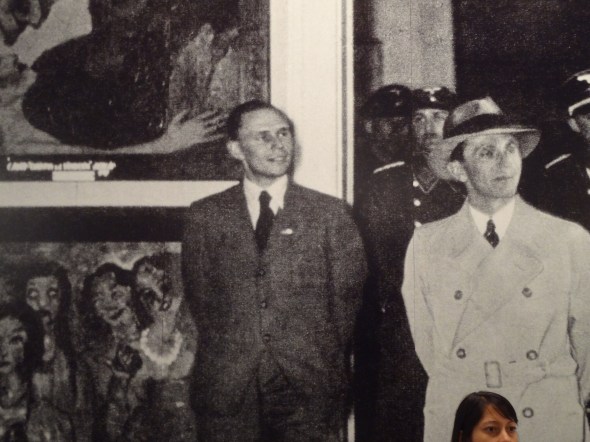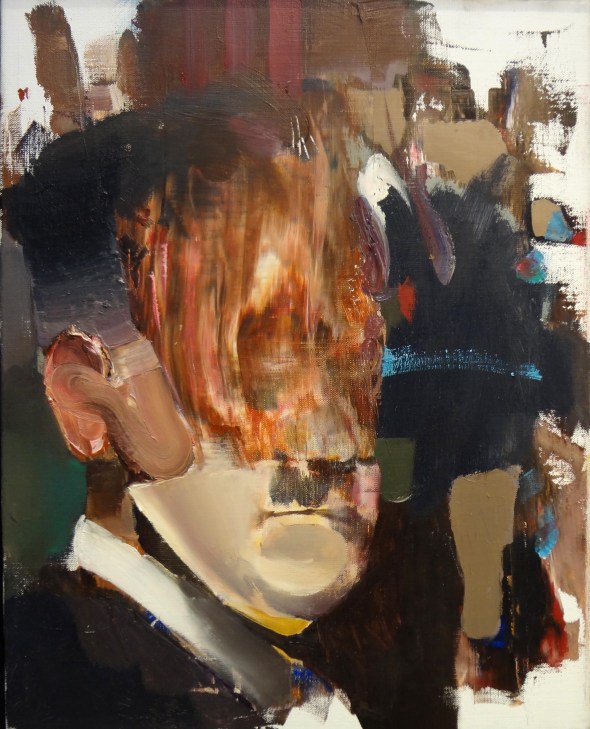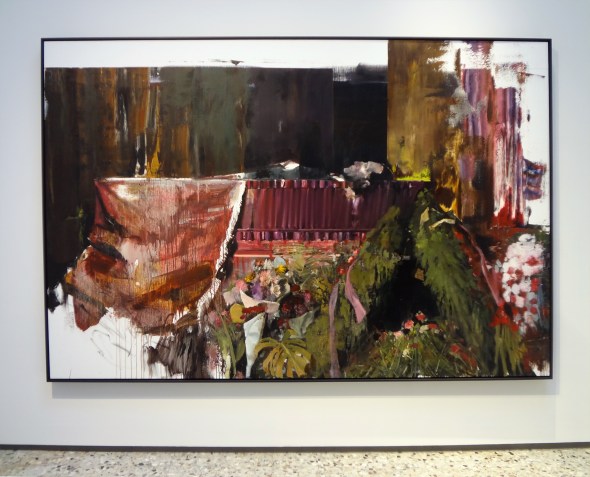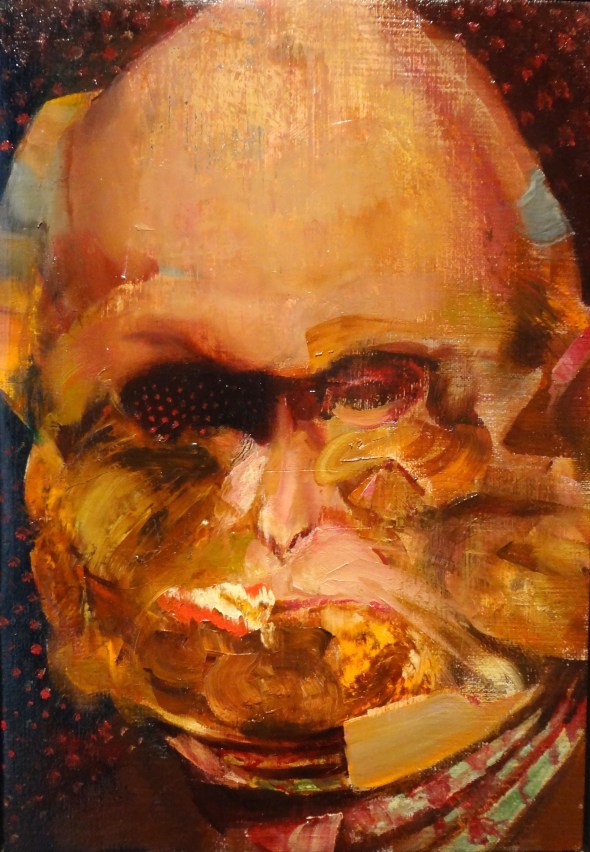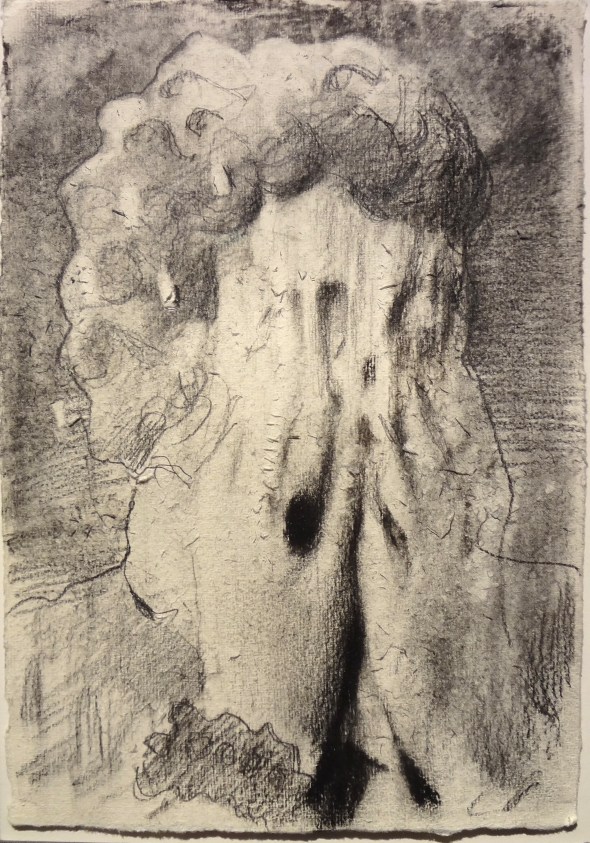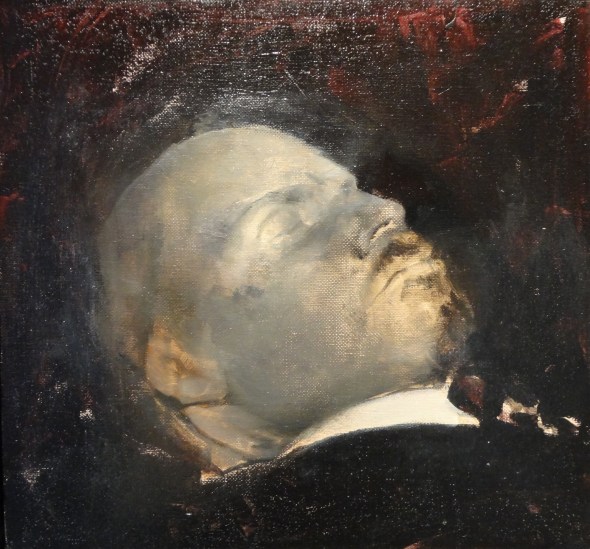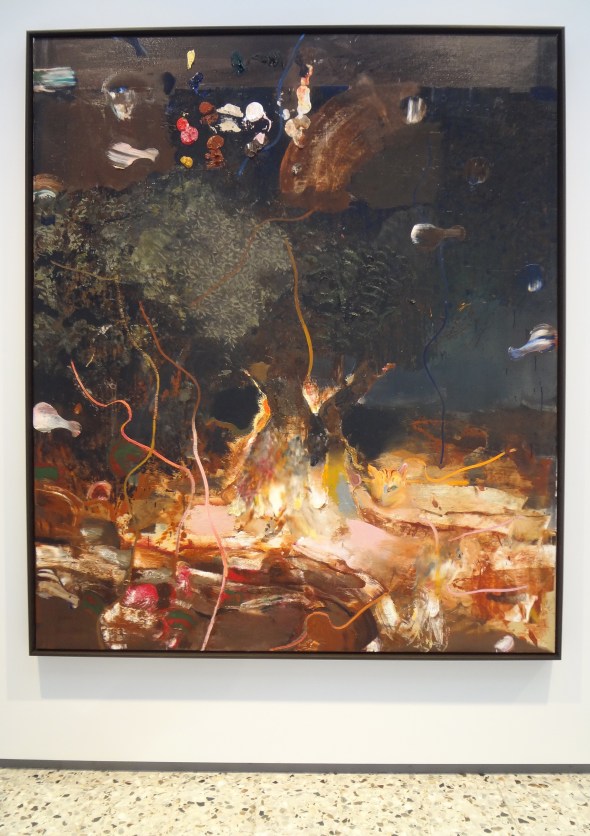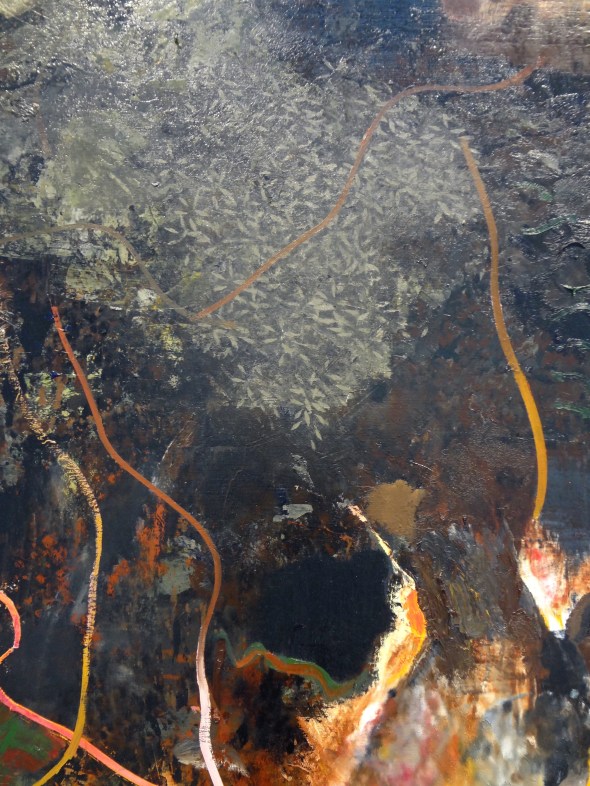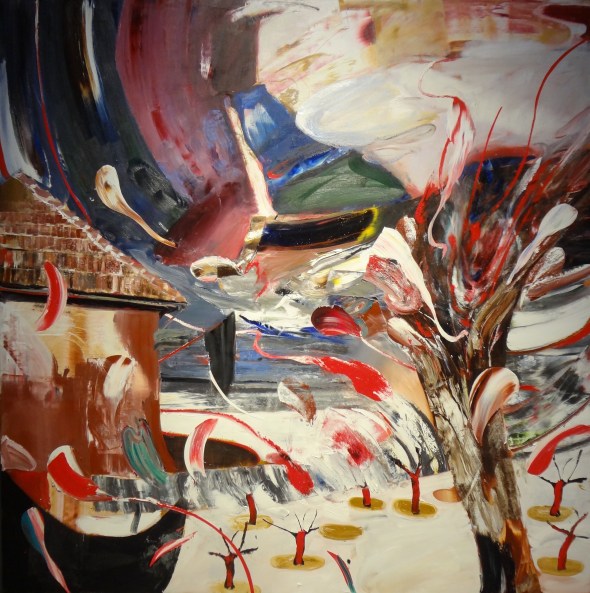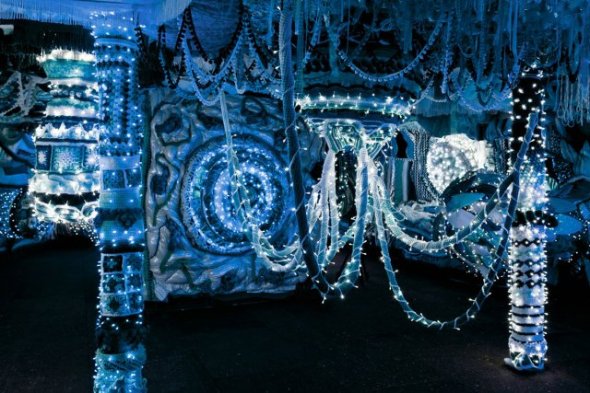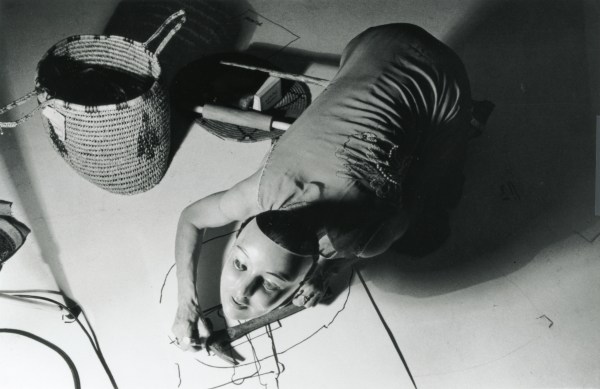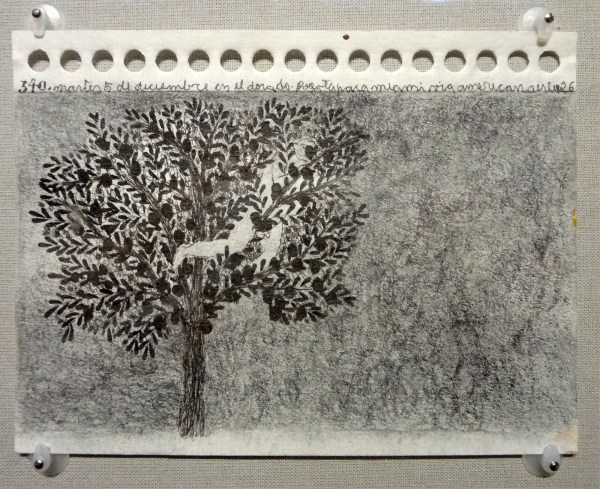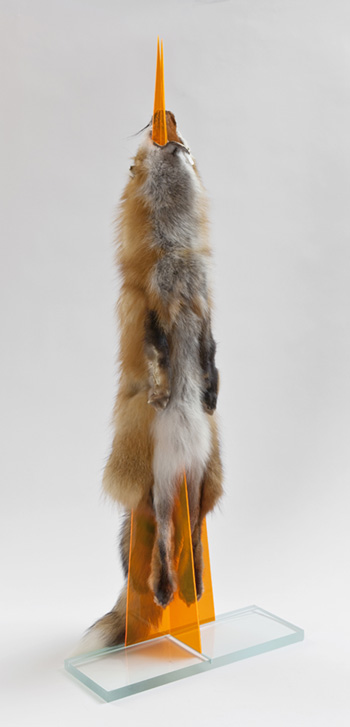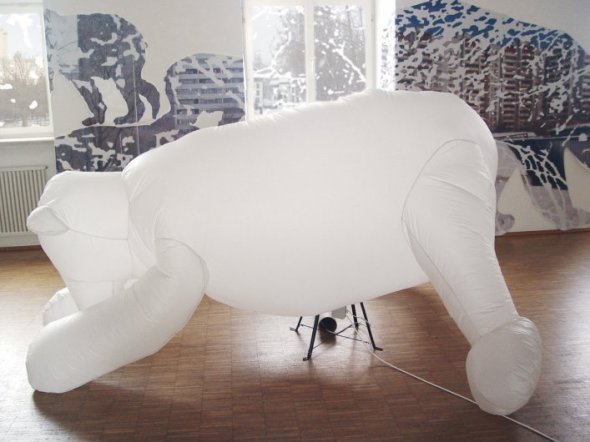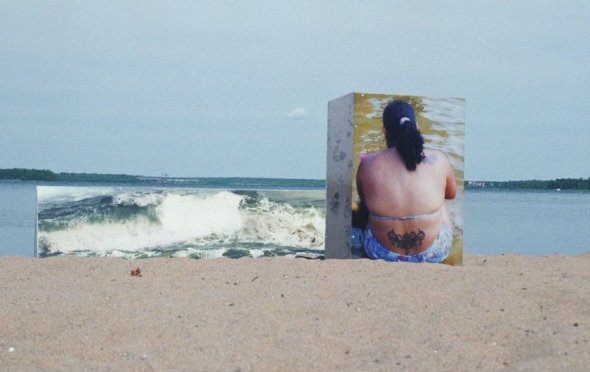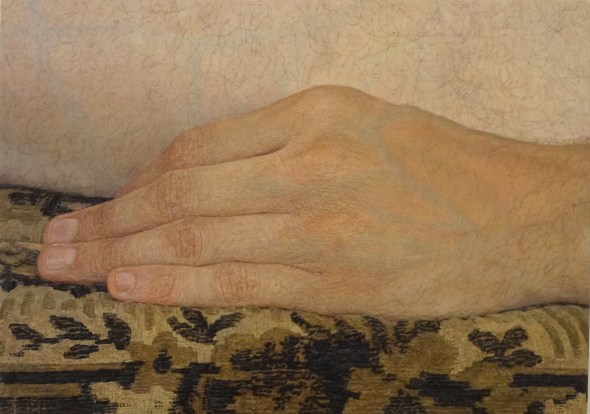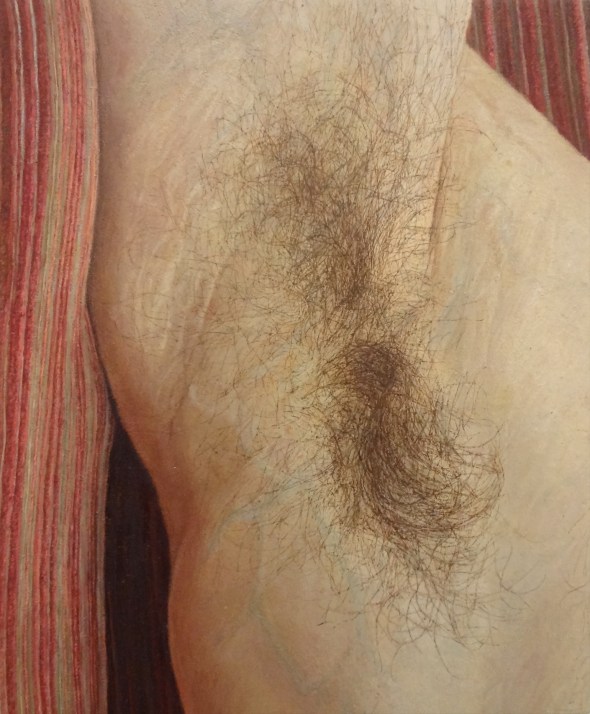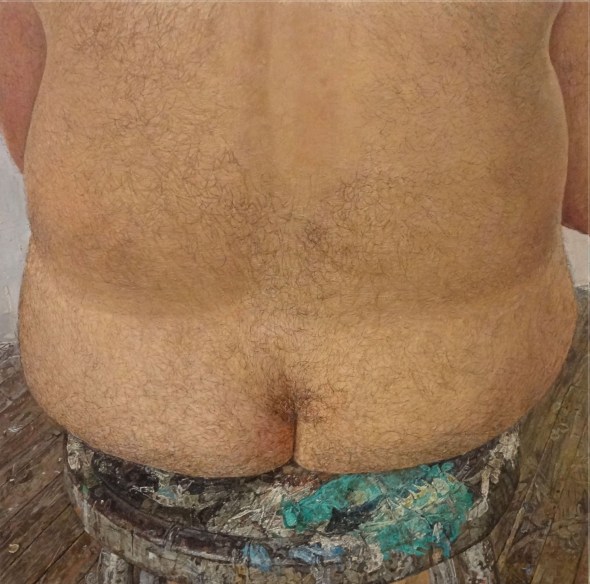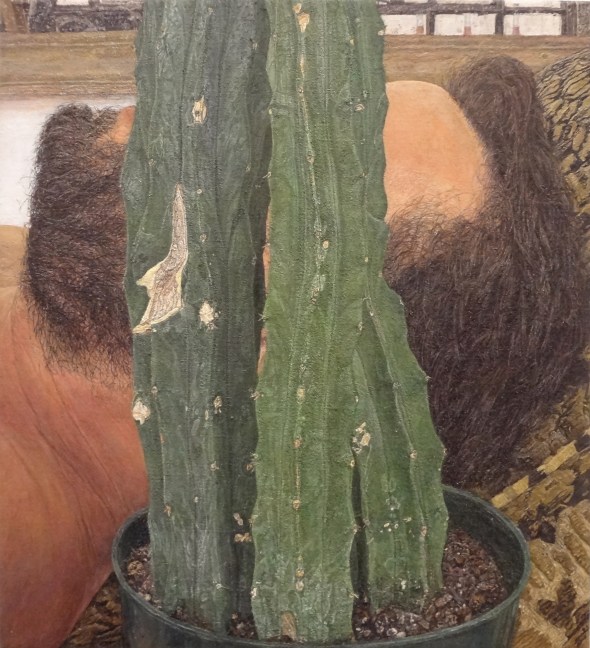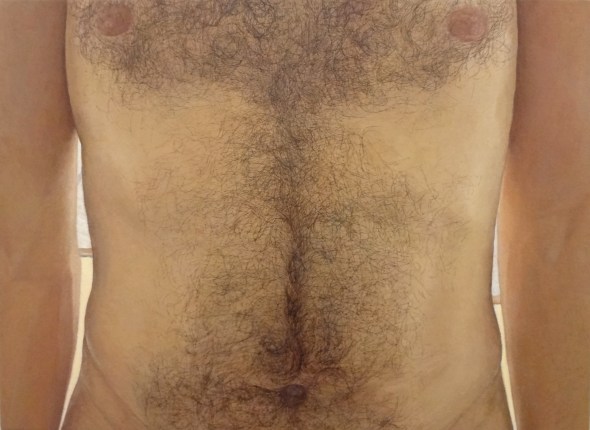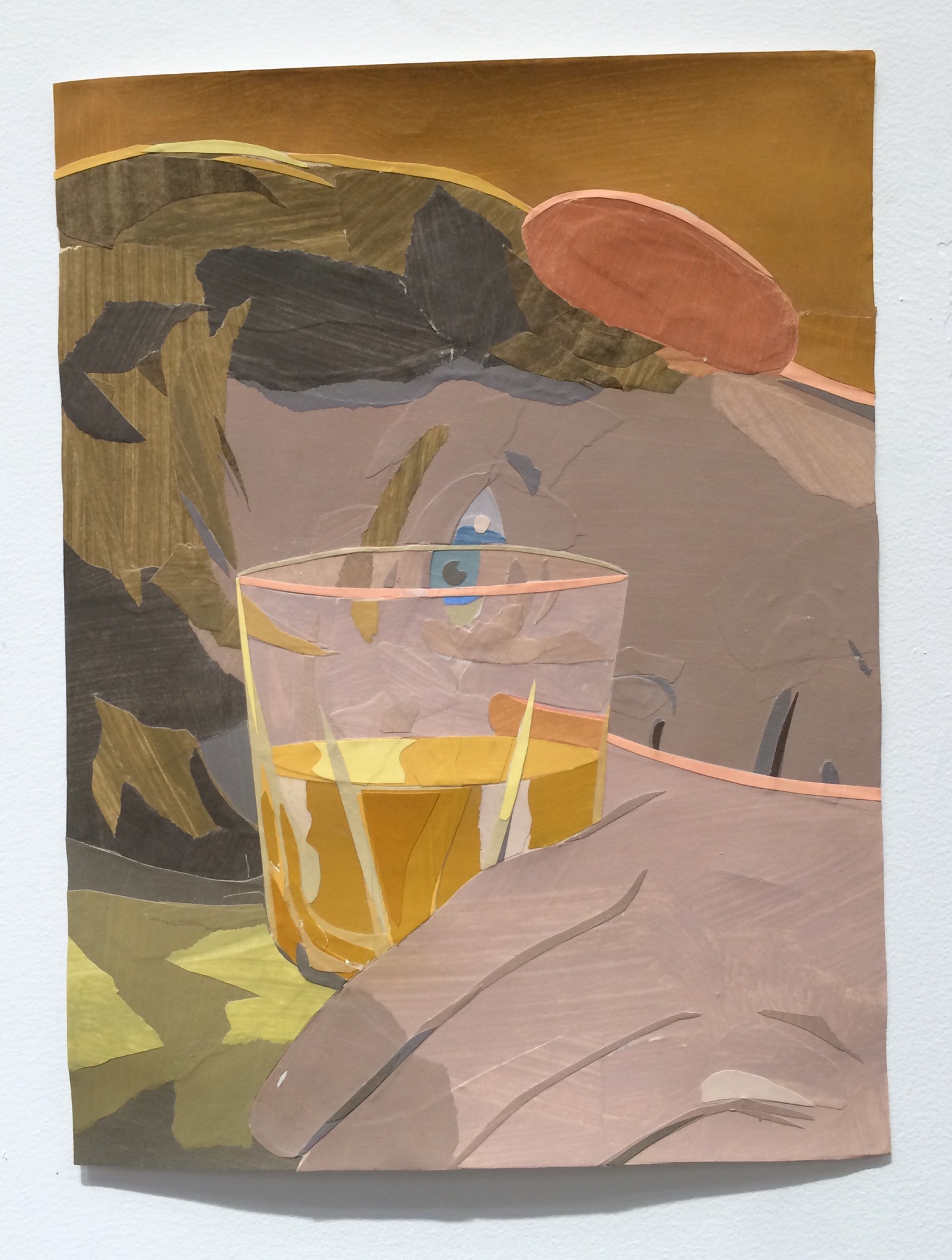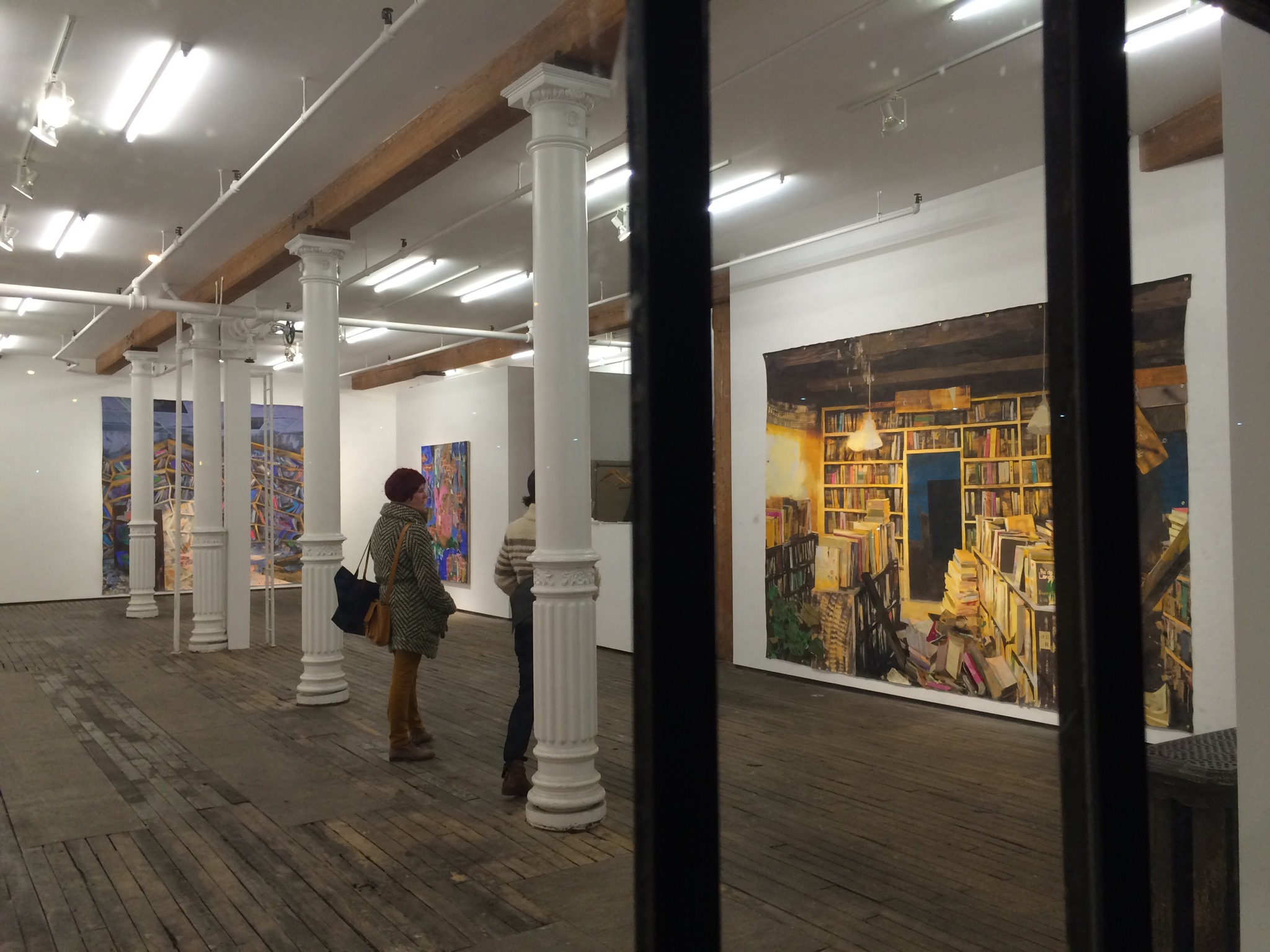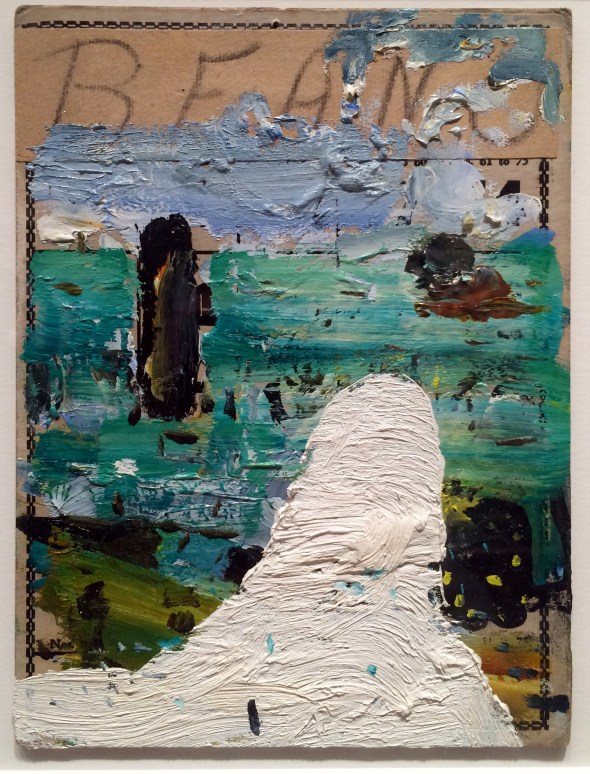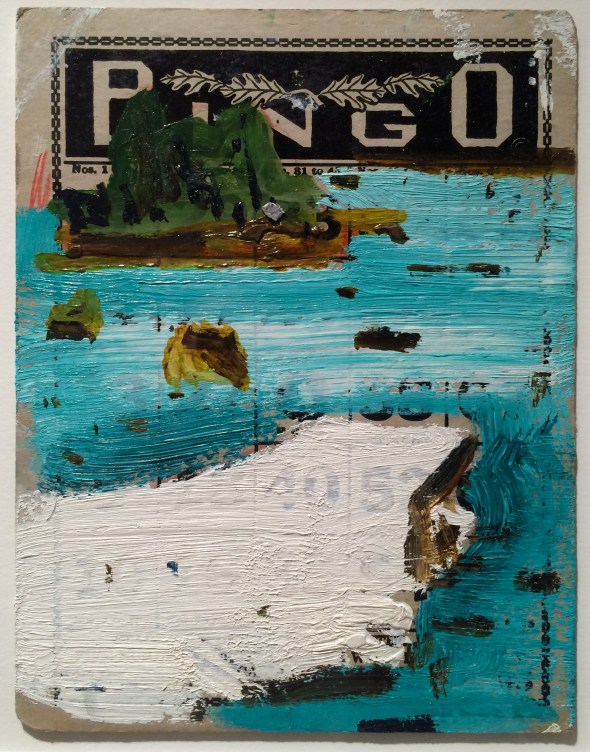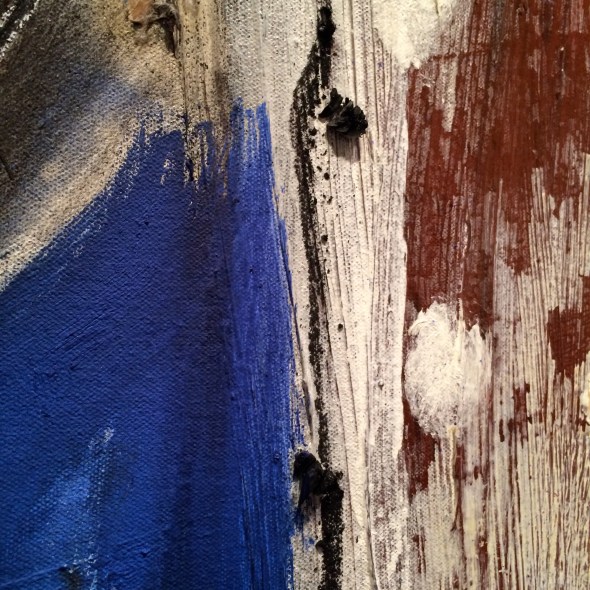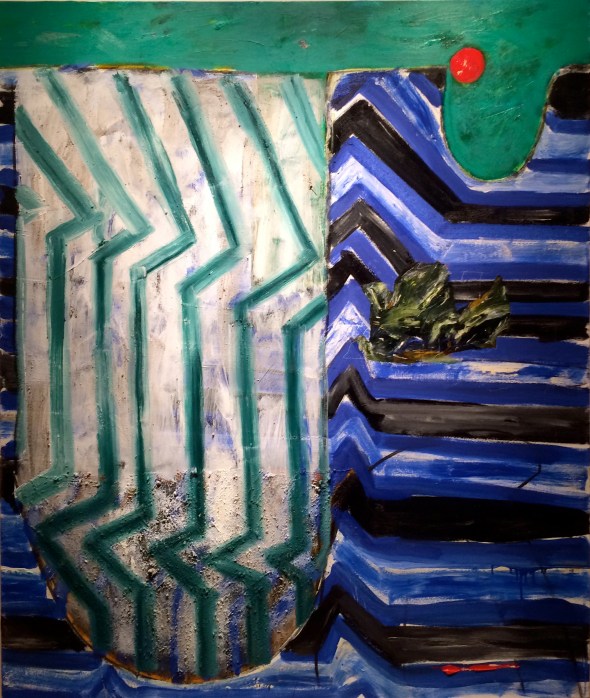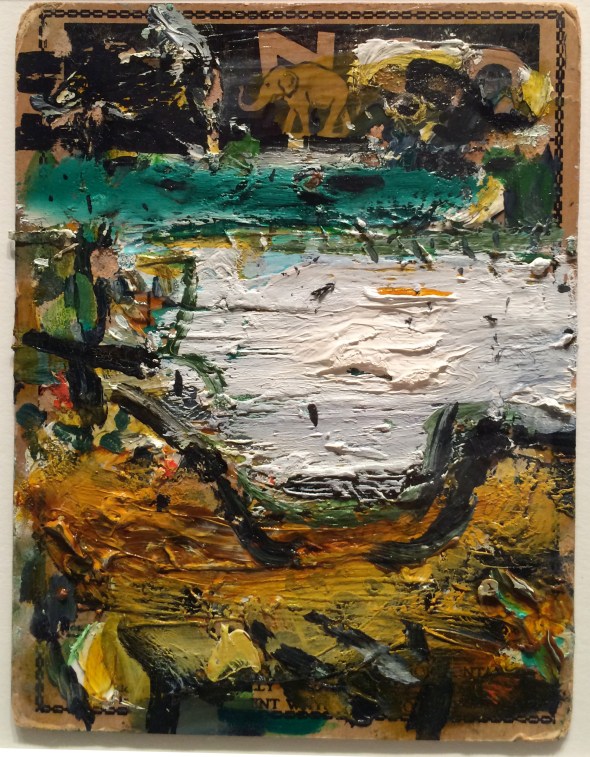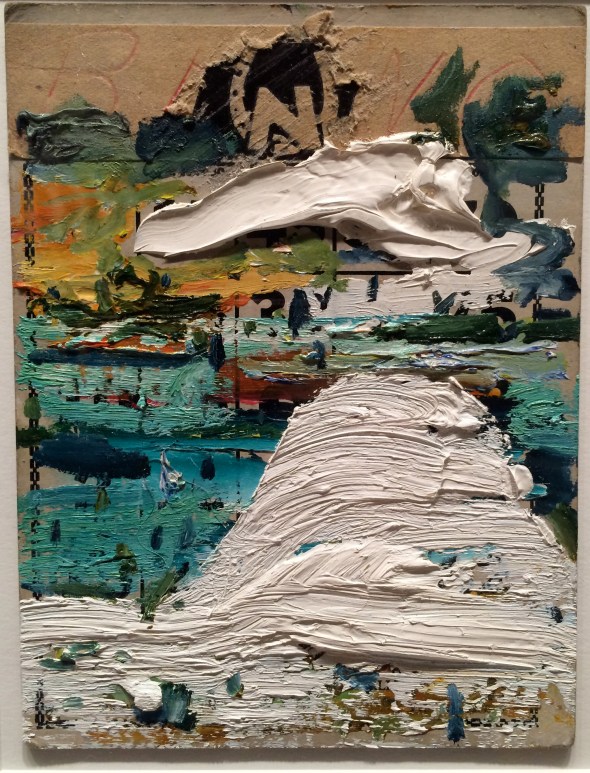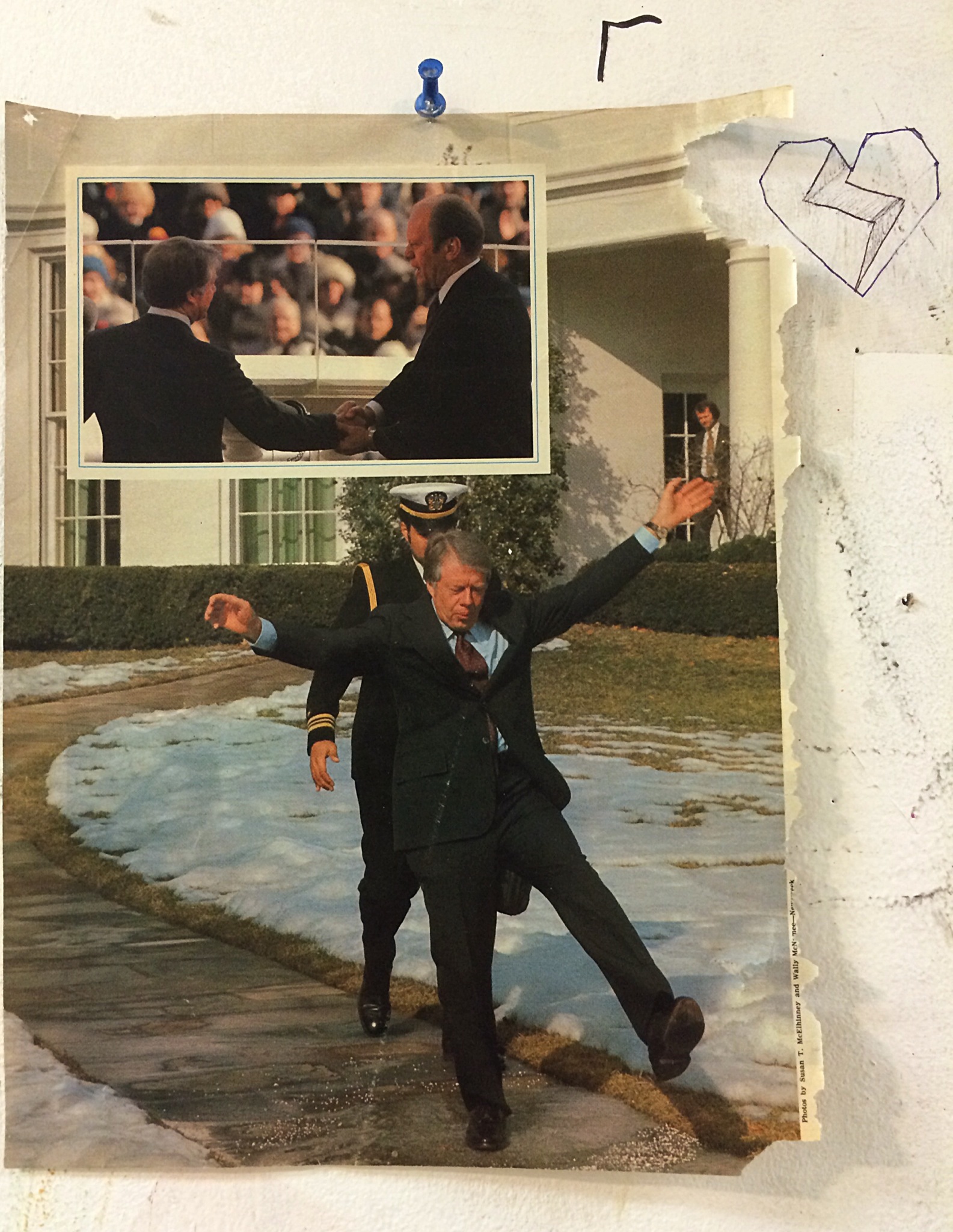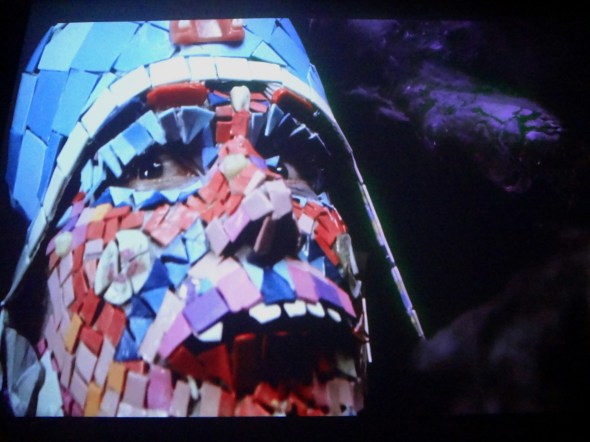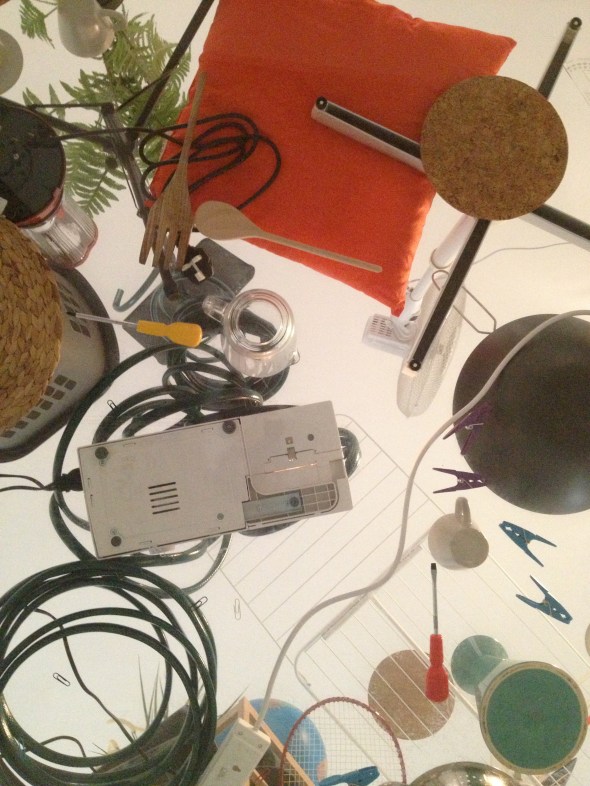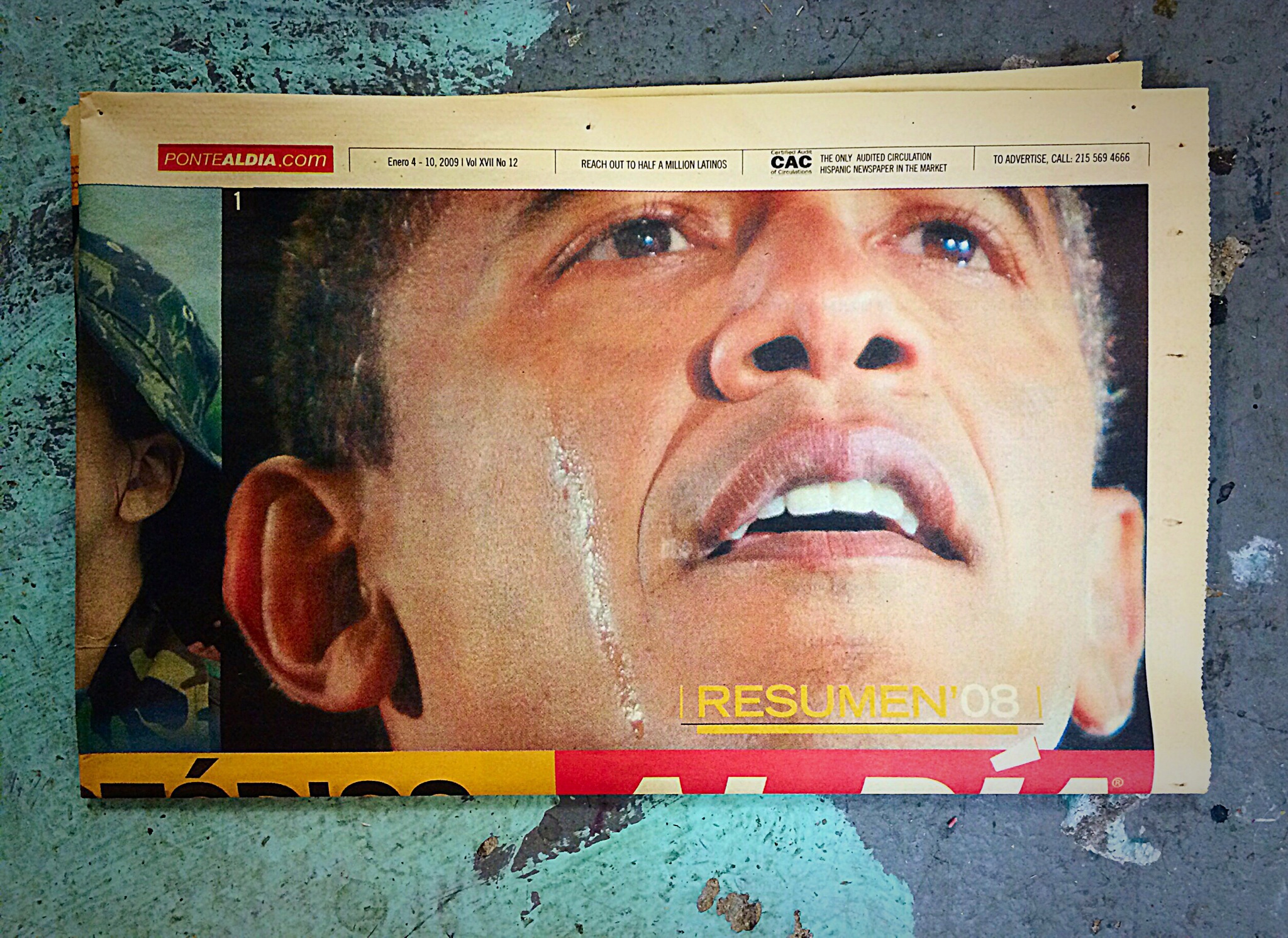FRAGONARD IN LOVE. SUITOR AND LIBERTINE @ Musée du Luxembourg
Posted: September 6, 2016 Filed under: other people's art | Tags: contour, cross-contour, drawing, fragonard, gesture, ink wash drawing, pen and ink, rococo Leave a commentBelow are a selection of the drawings a Fragonard exhibit from a 2016 show. Had a ball with all the fabulous and fashionable older Parisian set at this quaint little museum right inside the Luxembourg Garden.


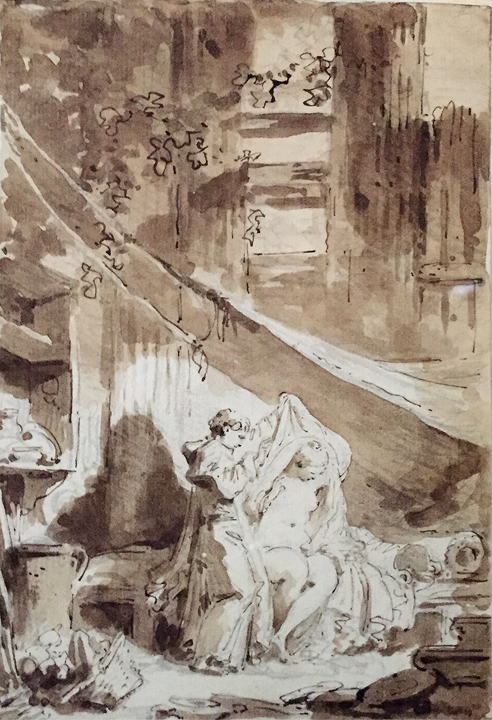
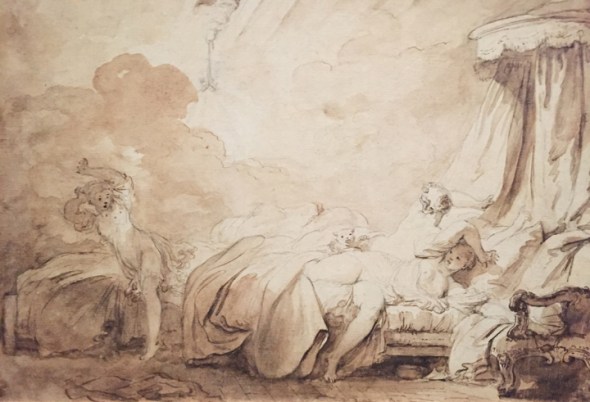


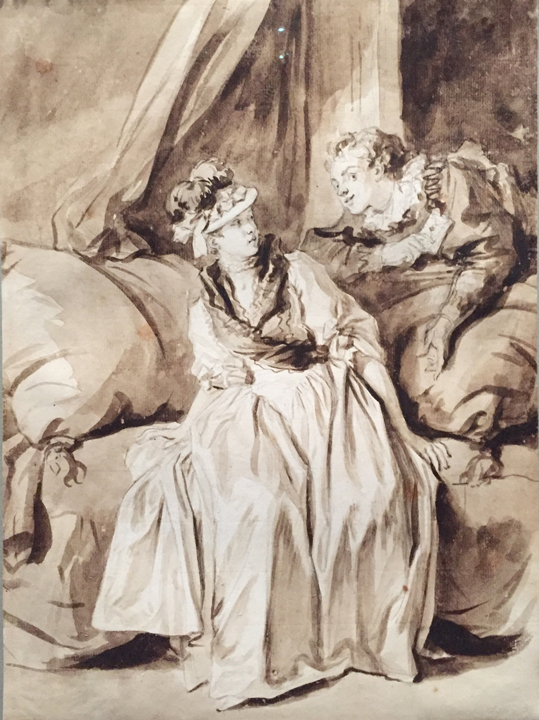
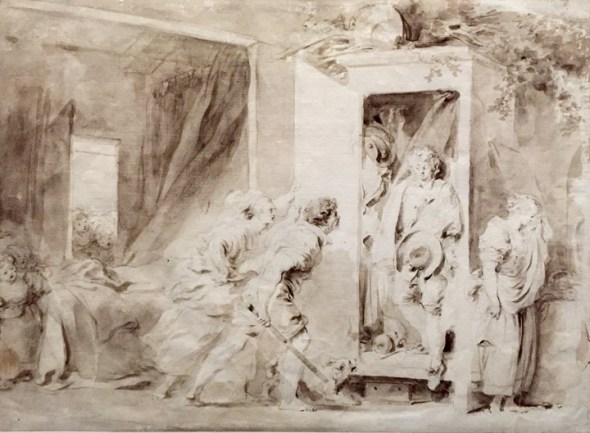

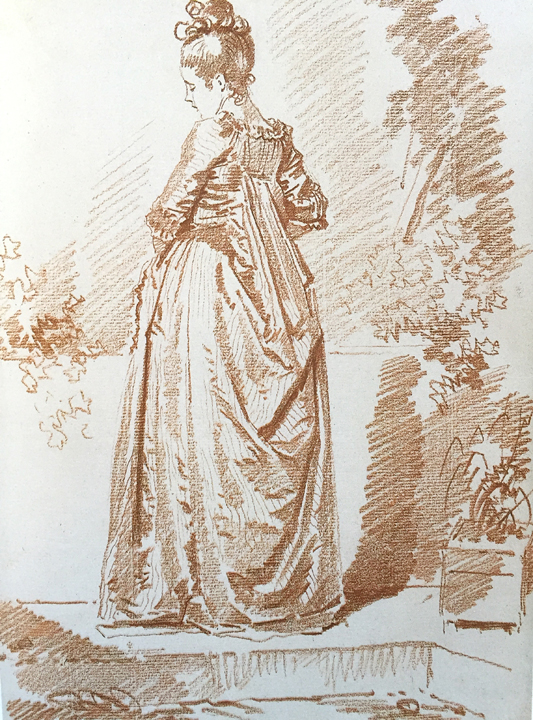

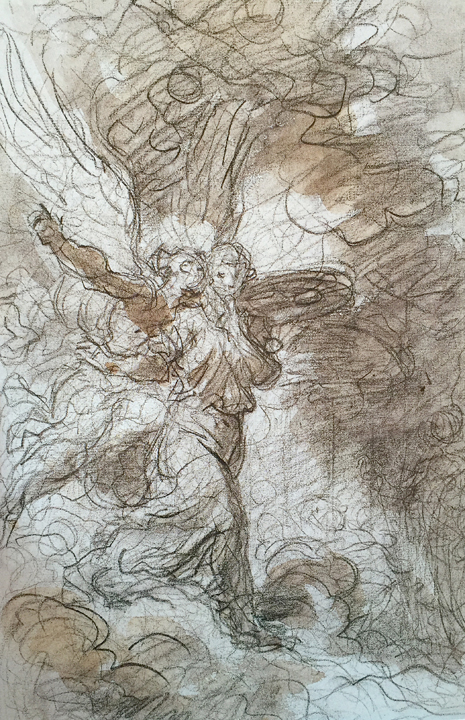



Ipad Drawings by James Lipovac
Posted: August 11, 2016 Filed under: lipovac artwork, other people's art | Tags: 2016, drawing, ipad, james, lipovac Leave a comment
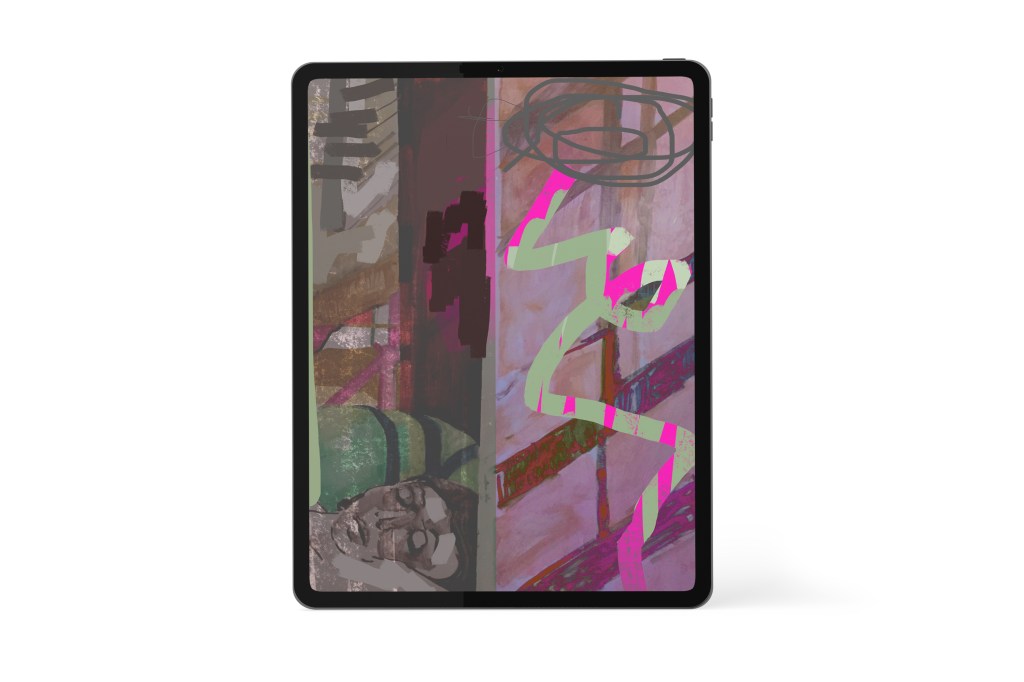

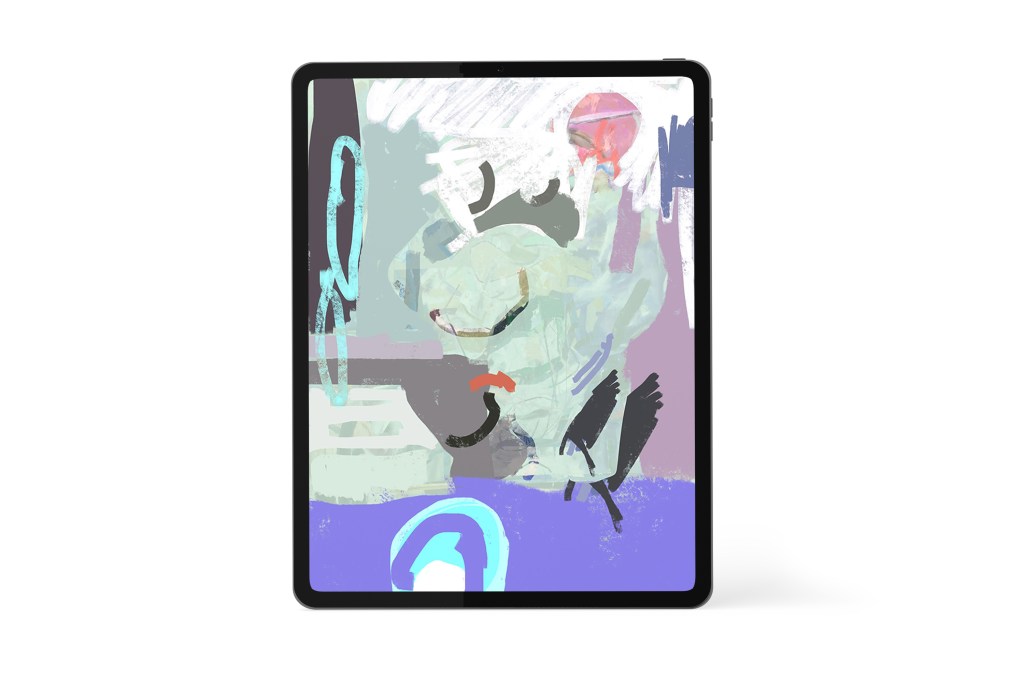
Adrian Piper in All the World’s Futures, La Biennale di Venezia, 2015
Posted: May 19, 2015 Filed under: other people's art | Tags: 2015, adrian, art, Biennale, conceptual, enwezor, everything will be taken away, golden, lion, piper, venice Leave a commentI was recently bowled over by the powerful work of Adrian Piper currently on display in Venice. A conceptual artist with a PhD in philosophy from Harvard, Piper was born in New York City and works out of Berlin. Her art opens eyes and seeks to build bridges between people. Last week at the Biennale, she received the Golden Lion for best artist for her efforts.
Among the group of pieces is an interactive installation titled “Rules of the Game” which called on viewers to sign life-long contracts at three separate desks, with one of the three rules:
I will always be too expensive to buy
I will always mean what I say
I will always do what I say I am going to do
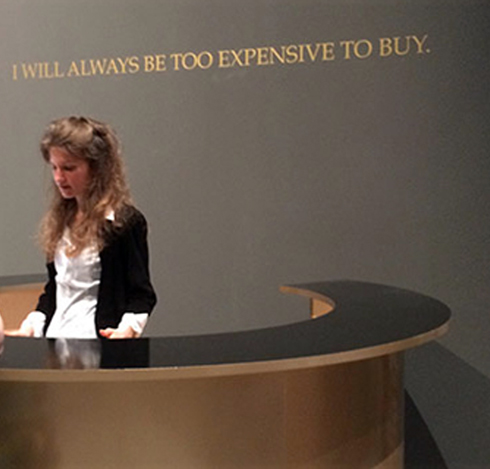
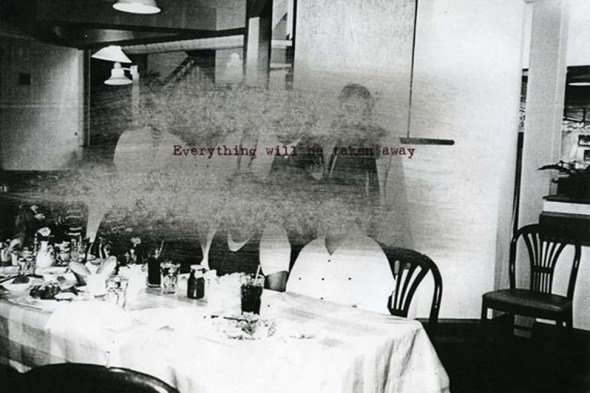
In another room, objects were covered with the words “everything will be taken away” and hung next to a giant photo of the Nazis at their Degenerate Art Show. I was taken, as is often the case, by the way the work effected the audience, or didn’t. You can see in the photo at the top of the post, viewers standing around blankly, while the man on the right talked loudly on his cellphone for the entire time I was viewing at the work. Her ominous prediction sees so much more probable in this setting. After a week of contemplating the theme of All the World’s Futures, I found Piper’s directness on the topic hard to describe as anything less than courageous and superb.
Adrian Ghenie @ the Romania Pavilion, La Biennale di Venezia, 2015
Posted: May 15, 2015 Filed under: other people's art | Tags: 2015, adrian, art, figurative, ghenie, la biennale, New York, nude, pace, painting, romania, venezia Leave a commentby James Lipovac 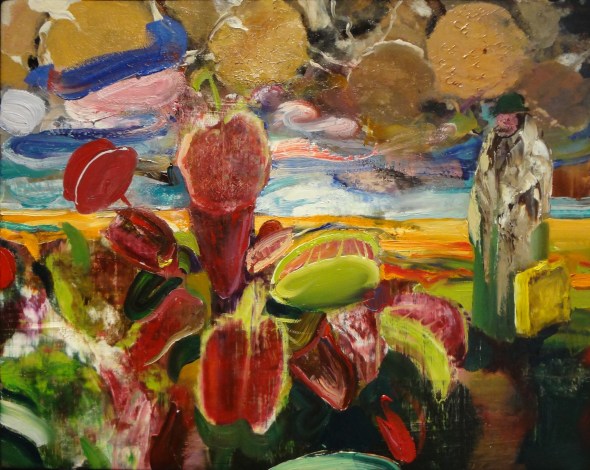
This image of a giant Venus Fly trap dwarfing a man in a trench coat standing underneath a menacingly heavy sky was a stand-out at Ghenie’s speculator painting performance at the 56th La Biennale di Venezia in the Romanian Pavilion.
I first came across Adrian Ghenie’s work at Pace in New York in March of 2013. A painter friend of mine encourage me to check out the show. The strength of the work is Ghenie’s ability to harmonize elements of abstract figuration and more realistic interpretations all in the same canvas.
I was excited to see what a fellow painter would do given the chance to represent their own nation, in this case, Romania. In his show “Darwin’s Room” Ghenie uses Darwin, evolution, and survival as themes for his grand brushwork and sheets of oil. He switches between and harmonizes intimate slow moments of finessed detail, larges areas of squeegeed paint, and thick sections of impasto.
Chiharu Shiota “The Key in the Hand” @ the Japan Pavilion, La Biennale da Venezia 2015
Posted: May 13, 2015 Filed under: other people's art | Tags: 2015, art, chiharu, Hitoshi, installation, japan, keys, Nakano, Shiota, venice Leave a commentChiharu Shiota’s “The Key in the Hand” installation is a bold vision of the the dark beauty of the human life lived. This Berlin-based artist was born in Osaka Prefecture in 1972.
Curator, Hitoshi Nakano- “After being confronted with the deaths of several intimate friends and family in recent years, Shiota has converted these experiences into the lingua franca of pure and sublime art without averting her eyes from the reality that all human beings must face “life” and “death” but that each of us must do so individually. “
Joana Vasconcelos for Portugal – Venice Biennale 2013
Posted: March 31, 2015 Filed under: other people's art | Tags: 2013, art, Biennale, installation, joana vasconcelos, portugal, venice Leave a commentBy Lauren Gidwitz
originally published 6.30.2013 for Thred Projects
Rather than join the crowds, and take a normative place in a land-locked pavilion, Portugal decided to choose and artist who reflected, with beautiful nuance and subtlety, on her own identity as a citizen of a country largely dependent on the ocean. They chose well. The floating effervescent world of Joana Vasconcelos habituated itself on Praia, a tubby ferryboat from Lisbon, and spent the Biennale moving through the watery surroundings of the city. The outer shell was covered with tiles made in Portugal, depicting the city of Lisbon in blue on a white background. At key moments the floating pavilion would pull up to a pier and welcome wary and excited visitors onto the deck’s lounge and down into its belly.
Upon entrance into the lower level, we were enveloped into an environment akin to a visceral representation of the interior of the human body, as well as the bioluminescent underbelly of the deep ocean, complete with the sounds of the lapping waves from the outside. Our eyes were lit by a subtle harmony of blues vibrating underneath swirls of slow dimming and brightening LED lights in cadence with our breathing; bulbous forms enveloped by knit yarn and rows of tassels, and long ropey tendrils snaked out and into our physical space. A series of questions nagged at the back of my mind… was it pushing into our bodily space? Was it allowing us in? Or were we the intruders in this habitat? Through its intervention on the exterior and interior of the boat, bringing to mind the outside and inside of the body, and the surface and depths of the ocean, as well as integration of both technology and handicraft, the experience, though tranquil, required active and mindful engagement from its visitors.
It was a beautiful reminder of the unseen beauty of the darkest depths of our ocean, the strong cultural connection and interdependence with the coastal country of Portugal, the future of Venice as it slowly sinks into the depths of the ocean, and the vital and beautiful ecological role it plays in all of our lives. In both content and formal execution, this is the most eloquent political work I have come across in a long time. Brava.
Joan Jonas to Represent US in 2015 Venice Biennale
Posted: February 27, 2015 Filed under: other people's art Leave a commentJoan Jonas, Organic Honey’s Vertical Roll, Ace Gallery, Los Angeles, 1972. Photo by Roberta Neiman![]()
Joan Jonas, The Shape, the Scent, the Feel of Things, performance at Dia Beacon, 2005. Photo by Paula Court
Joan Jonas, Organic Honey’s Vertical Roll, Musee Galliera, Paris, 1972/1973.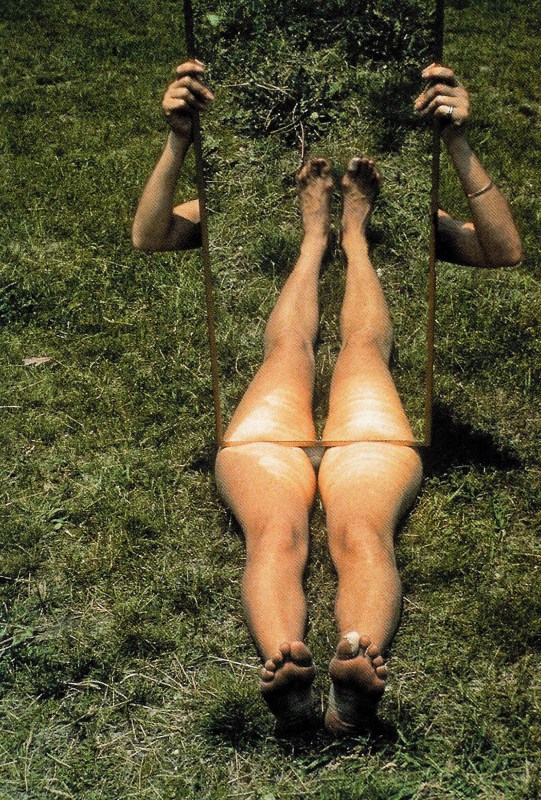
oan Jonas, Mirror Piece, performance at Annadale on Hudson, 1969. Photo by Joan Jonas
Joan Jonas, Organic Honey’s Vertical Roll, Musee Galliera, Paris, 1972/1973. Photo by Beatrice Helligers
Joan Jonas has been a tenured visual arts professor at MIT for the past 15 years, and is currently Professor Emerita in the MIT Program in Art, Culture, and Technology (ACT). Curated by Paul C. Ha, Director of the MIT List Visual Arts Center and commissioner for the project; and Ute Meta Bauer, currently the Director of the Centre for Contemporary Art (CCA) at the Nanyang Technological University in Singapore and previously the Founding Director of the Program in Art, Culture, and Technology (ACT) at MIT, Jonas’s installation for the U.S. Pavilion will be an exceptional moment in her longstanding relationship with MIT.
For the five galleries of the U.S. Pavilion, Joan Jonas will conceive a new complex of works, creating a multilayered ambience, incorporating video, drawings, objects, and sound. Literature has always been an inspiration and source for Jonas, and the project for Venice will extend her investigation into the work of Halldór Laxness and his writing on the spiritual aspects of nature, but will focus on other literary sources.
The List is renowned for presenting groundbreaking contemporary artwork and has always served as a creative laboratory where artists are free to experiment—–a leadership position that has been affirmed by the Center’s selection as the commissioning institution for the U.S. Pavilion for the third time in the past 15 years, having organized the Pavilions by Fred Wilson in 2003 and Ann Hamilton in 1999.
“Joan’s voice and vision have been powerful forces in contemporary art for five decades, and I am thrilled that we will present her latest work in Venice, one of the most iconic forums for the presentation of cutting-edge artwork,” said Paul Ha, Director of the MIT List Visual Arts Center. “Joan’s selection is not only an acknowledgement of her outstanding contributions to the art world thus far, but also an investment in the innovative promise of her future work.”
Jonas has continued to work with a multimedia approach throughout her career, being one of the first artists to explore the potential of the video camera as a tool for image-making and the TV monitor as a sculptural object. At the same time, Jonas experimented in her performances with incorporating the body into the visual field. Her installations and performances bring these components together through drawing, props, and objects to create works reflecting her research in relation to space, narrative, or storytelling, and materials as they are altered through various technologies such as the mirror, video, and distance. In Venice, she will work with these diverse aspects of her practice to create five distinct rooms, with common themes unifying and resonating in the entire space, relating to the present condition of the world in poetic terms.
Jonas’s work developed out of her art history studies and sculptural practice, and expanded to performance and film in the 1960s through her involvement with the New York avant-garde scene. Her work has had a significant influence on contemporary art to date, as she has continued to be a major figure in the fields of performance and video art throughout the past five decades.
In conjunction with the presentation of her new work at the U.S. Pavilion, the List will present several of Jonas’s most significant, single-channel video works, selected from her 40-year career, in an exhibition in the List’s Bakalar Gallery from April 7 through July 5, 2015. The intimate exhibition will provide important background and context for Jonas’s new work on view simultaneously in Venice, and will share with local audiences the pivotal videos and performances that led to the artist’s selection as the U.S. representative for the 2015 Venice Biennale.
“As I know from working with Joan as both a curator and educator, one does not only see her work, one experiences it. Her performances make a lasting impression, and her ability to work with spaces in a sensual way will most certainly turn a visit to the U.S. Pavilion in Venice into a profound encounter,” said Ute Meta Bauer, Director of the Centre for Contemporary Art at the Nanyang Technological University, Singapore.
“We are especially proud to be presenting an MIT professor as the representative artist for the U.S. at the Venice Biennale,” said Philip S. Khoury, Ford International Professor of History and Associate Provost, who oversees the arts at MIT. “Joan’s fearlessly experimental work is emblematic of MIT and the List’s mission to foster the creation of intellectually investigative, challenging artwork, and we have no doubt that her installation for the U.S. Pavilion will push new boundaries and captivate audiences in ways that were previously unimaginable.”
To learn more about Joan Jonas and the U.S. Pavilion, please visit http://joanjonasvenice2015.com
José Antonio Suárez Londoño @ the 2013 Venice Biennale’s Encyclopedic Palace
Posted: February 21, 2015 Filed under: other people's art | Tags: diaries, diary, drawing, encyclopedic, kafka, nude, Suárez Londoño Leave a commentThe Labs happened upon José Antonio Suárez Londoño in Venice. Born in Medellín, Colombia in 1955, he is a persistent draftsman and documentarian of the imagined.
His practice is to create a drawing a day. Originally this charge came from writer friend, Héctor Abad. Abad proposed a collaboration where Suárez Londoño would make work to inspire the author’s writing. At the end of each month, Suárez Londoño was to share his drawings with Abad, who would then create a work from these 30 or so drawings. In the end, at least in the story we were told, the output coming in proved too overwhelming for old Héctor, who backed out of his end, even though it seems to us that our guy was doing all the heavy lifting. Still the Labs sends many thanks to Abad for inspiring Suárez Londoño to make these intimate, outstanding, imaginative, tedious, whimsical, and mysterious gems.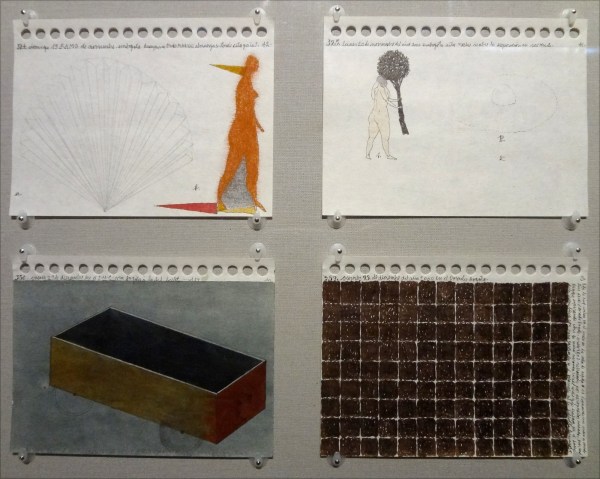

Suárez Londoño remained engaged in the rigor of this encyclopedic way of working, and decided to continue making daily work tied to his daily readings, starting with Brian Eno’s A Year with Swollen Appendices. The images pictured here are from his collection “Franz Kafka, Diaries II, 1914-1923”. Our understanding is that there are 365 of these bad boys, all done in 2000, all mixed media, all 13 x 20 cm, and all better than anything you made all year!
Enjoy, readers!
All The World’s Futures
Posted: February 19, 2015 Filed under: other people's art Leave a comment
BGL to represent Cananda in the Venice Biennale
Posted: February 19, 2015 Filed under: other people's art | Tags: 2015, BGL, Biennale, collective, venice Leave a commentAfter seeing this fox impaled by a plexi spire, the Futurelab is excited to see what BGL, an artist collective established in 1996, comes up with for this year’s Venice Biennale.
The three artists live and work in Québec City.
From the Parisan Laundry website:
Renowned for cheeky, critical and explosive works, BGL creates self-referential, site-specific installations that seek to re-contextualize the space of the gallery. These artworks are at once nostalgic, while simultaneously indebted to contemporary culture. The trio often utilizes local signage, foodstuffs and urban clichés as references into a long-term investigation of our own unpredictable relationship with nature and consumer culture. Within BGL’s playful scenarios, we are able to witness the transformation of the Canadian landscape: an ongoing battle between the organic and the artificial. As a result, the viewer becomes more aware of their personal implication in a disposable consumer culture. This is precisely what BGL is engaging with in their artistic practice: a process of recycling and reusing that is then restaged and recontextualized within the gallery space. The collective’s massive exhibitions have included the staging of a seasonal ornamental tree factory, a bonfire and even a ‘Marché aux puces’ (flea market). Such works reposition found objects, cultural ephemera and unique sculptures in new and thought-provoking ways.
BGL was created while the three members—Jasmin Bilodeau, Sébastien Giguère and Nicolas Laverdière—were students at Laval University. For almost two decades now, the collective has presented major installations and performances and participated in innumerable group and solo exhibitions. BGL has been invited to show their work by a variety of institutions, including the first edition of the Bienal del fin del mundo (Ushuaia, Argentina), the Musée d’art contemporain de Montréal, the Musée d’art moderne Lille Métropole (France), Mercer Union (Toronto), Hart House (Toronto), The Havana Biennale (Cuba) and The Montreal Biennale. More recently, the artists have enchanted their public with the installation Fancy Canada conceived especially for the 2013 major group exhibition Oh Canada! at MASS MoCA (Massachussetts). In 2012, the members of BGL took part in the Louis Odette Sculptor-in-Residence Program at York University (Toronto). Recent notable projects include Alberta’s Nuit Blanche, Cultiver son jardin at the UQAM gallery,Marshmallow, Cauldron + Fire at the Vancouver Art Gallery and Le discours des éléments at the National Gallery of Canada, among others. The collective has been recognized by the Canada Council for the Arts and The Conseil des arts et lettres du Québec on numerous occasions and has twice been a finalist for the Sobey Art Award. Their work is found in the collections of The Musée National des beaux-arts du Québec, The Montreal Museum of Fine Arts, and The National Gallery of Canada. BGL was chosen to represent Canada at the 2015 Venice Biennale.
Irena Nakhova, represents Russia in 2015 Venice Biennale
Posted: February 19, 2015 Filed under: other people's art Leave a commentIrina Nakhova (b. 1955) graduated from the Moscow Institute of Graphic Arts in 1978. She is an installation artist and an academically trained painter who “parlays art historical references into interactive environments that are humorous and poignant” (Marina Mangubi). She has had a long and distinguished career with numerous solo exhibitions in New York, Moscow, Austria, Estonia, Chicago, and London. She is a member of unofficial artists’ group, now known as the Moscow Conceptual School. She is also a member of the Union of Russian Artists since 1986. Since 1992 Irina lives and works between Russia and the US. Nakhova taught contemporary art at Wayne State University in Detroit (MI), Carnegie Mellon University in Pittsburgh (PA), and International Summer Academy of Fine Arts in Salzburg, Austria. Her artwork is in museums and private collections in France, Germany, Great Britain, Italy, Russia, Spain, Sweden, Switzerland, and the United States.
content from Nailya Gallery website
Sol Lewitt @ Mass MoCA: A Wall Drawing Retrospective
Posted: February 19, 2015 Filed under: other people's art | Tags: lewitt, mass moca, sol, wall Leave a commentFrom the Mass MoCa website:
Sol LeWitt: A Wall Drawing Retrospective comprises 105 of LeWitt’s large-scale wall drawings, spanning the artist’s career from 1969 to 2007. These occupy nearly an acre of specially built interior walls that have been installed—per LeWitt’s own specifications—over three stories of a historic mill building situated at the heart of MASS MoCA’s campus. The 27,000-square-foot structure, known as Building #7, has been fully restored for the exhibition by Bruner/Cott & Associates architects, which has closely integrated the building into the museum’s main circulation plan through a series of elevated walkways, a dramatic new vertical lightwell, and new stairways.
The works in the exhibition are on loan from numerous private and public collections worldwide, including the Yale University Art Gallery, to which LeWitt designated the gift of a major representation of his wall drawings, as well as his wall-drawing archive.
Jock Reynolds, the Henry J. Heinz II Director of the Yale University Art Gallery, states, “Watching this grand installation of Sol LeWitt’s wall drawings progress over the past six months has been nothing short of thrilling. In addition to providing an enduring exhibition of great beauty, this retrospective will enable visitors to behold for the first time the full trajectory of a major aspect of Sol’s artistic career. Until today, the only way to view multiple LeWitt wall drawings has been to travel far and wide, pursuing them individually in situ or in temporary museum exhibitions. Now, visitors will be able to return to MASS MoCA again and again to experience this visual feast of Sol’s wall drawings in a single location, doing so at their leisure over the next twenty-five years.”
LeWitt—who stressed the idea behind his work over its execution—is widely regarded as one of the leading exponents of Minimalism and Conceptual art, and is known primarily for his deceptively simple geometric structures and architecturally scaled wall drawings. His experiments with the latter commenced in 1968 and were considered radical, in part because this new form of drawing was purposely temporal and often executed not just by LeWitt but also by other artists and students whom he invited to assist him in the installation of his artworks.
Each wall drawing begins as a set of instructions or simple diagram to be followed in executing the work. As the exhibition makes clear, these straightforward instructions yield an astonishing—and stunningly beautiful—variety of work that is at once simple and highly complex, rigorous and sensual. The drawings in the exhibition range from layers of straight lines meticulously drawn in black graphite pencil lead, to rows of delicately rendered wavy lines in colored pencil; from bold black-and-white geometric forms, to bright planes in acrylic paint arranged like the panels of a folding screen; from sensuous drawings created by dozens of layers of transparent washes, to a tangle of vibratory orange lines on a green wall, and much more. Forms may appear to be flat, to recede in space, or to project into the viewer’s space, while others meld to the structure of the wall itself. 
Ellen Altfest @ the Venice Biennale, 2013
Posted: January 18, 2015 Filed under: other people's art | Tags: 2013, 2014, altfest, ellen, hyperrealist, male back, nude, painting Leave a commentEllen Altfest, born in 1970 in New York, creates modestly scaled, hyerrealistic paintings of still lives, landscapes, and truncated male nudes that are exceptionally labored. All work is done from life, using natural light. Works take months, even years to complete. Futurelab first encountered her work, pictured below, at the 2013 Venice Biennale show, The Encyclopedic Palace, curated by Massimiliano Gioni.
Posted: December 15, 2014 Filed under: other people's art | Tags: 2014, bollinger, zürcher Leave a comment
Matt Bollinger at Zürcher Gallery, December 2014
John Walker @ Alexandre Gallery, October-November 2014
Posted: November 19, 2014 Filed under: other people's art | Tags: 2014, alexandre, artist, boston, Gallery, New York, painter, Walker Leave a comment
This John Walker exhibition at the Alexandre Gallery is fantastic. A painter’s painter, these are about the material. These careful abstractions of a real place, a spot he found in Maine, the works are full of creative mark-making that will entice you jump back on the subway and head to the studio to try some of these moves yourself. Or at least that’s how it made us feel. Enjoy!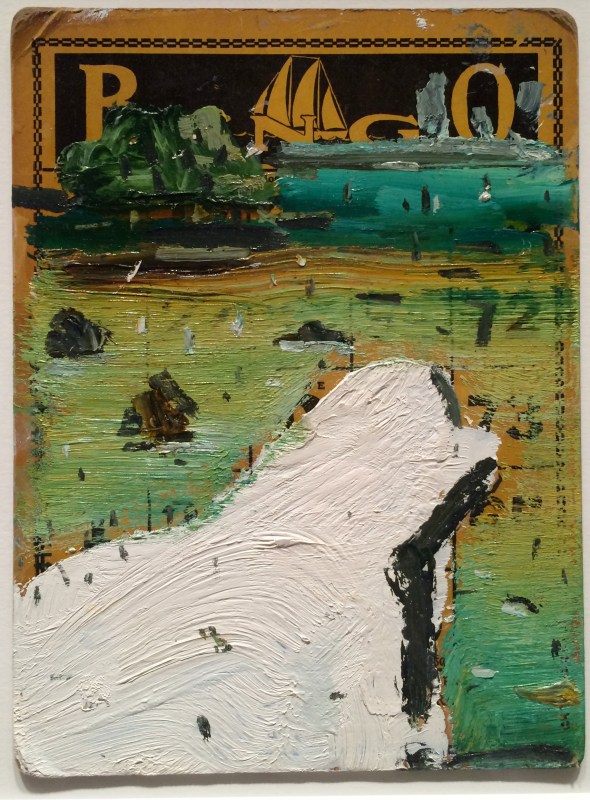
house on the hill
Posted: October 27, 2014 Filed under: things I am looking at | Tags: astonishing, babel, beautiful, castle on the hill, church, hill, home, house, mansion, mountaintop, photo Leave a commentjimmy carter slipping on ice
Posted: September 27, 2014 Filed under: things I am looking at | Tags: 1977, carter, falling, ford, funny, gerald, ice, jimmy, president, slipping, time, tripping, white house Leave a commentnewsweek, november 26, 1977

Bedwyr Williams, The Starry Messenager, Welsh Pavilion, 2013 Venice Biennale
Posted: May 14, 2014 Filed under: other people's art | Tags: bedwyr, pavilion, venice, welsh, williams Leave a commentBedwyr Williams immersive five room installation looks at the microscope and the astronomic. Its Powers of Ten meets early Mtv. The youtube clip below is an interview with the artist about the piece. Fast forward to 4.0o to see a portion of the video component of the installation.
